Post World War II, Paris wanted to retain its ‘capital of couture’ title and brought about the miniature theatre of fashion to reassert its position. Lucien Lelong, Robert Ricci, Christian Dior and others, had an immense contribution in the world of haute couture.
The Legendary Christian Dior (1905-1957)
The defining silhouette of the forties was not revealed until late into the decade. After the war ended Paris Couture was reinvigorated by Christian Dior. Harper’s Bazaar’s editor-in-chief coined the phrase when she exclaimed: “It’s such a New Look”, and indeed it was.
Reminiscent of the Belle Epoque ideal of tiny waisted long skirts in sumptuous fabrics but also referencing the restrictions of 19th-century couture with nipped-in corseted waistlines, rounded shoulders, ample feminine busts and full skirts, nevertheless it was loved by women.
This new shape paired with a new type of opulence, allowed them to throw off the masculine lines and restrictions of military and civilian uniforms to reinvent themselves as ultra-feminine women.
He resisted the temptation to experiment and continued with his luxurious look with its structured silhouette. He felt that his middle-aged clients were suited to a particular style of dress and he didn’t want to diversify too much.
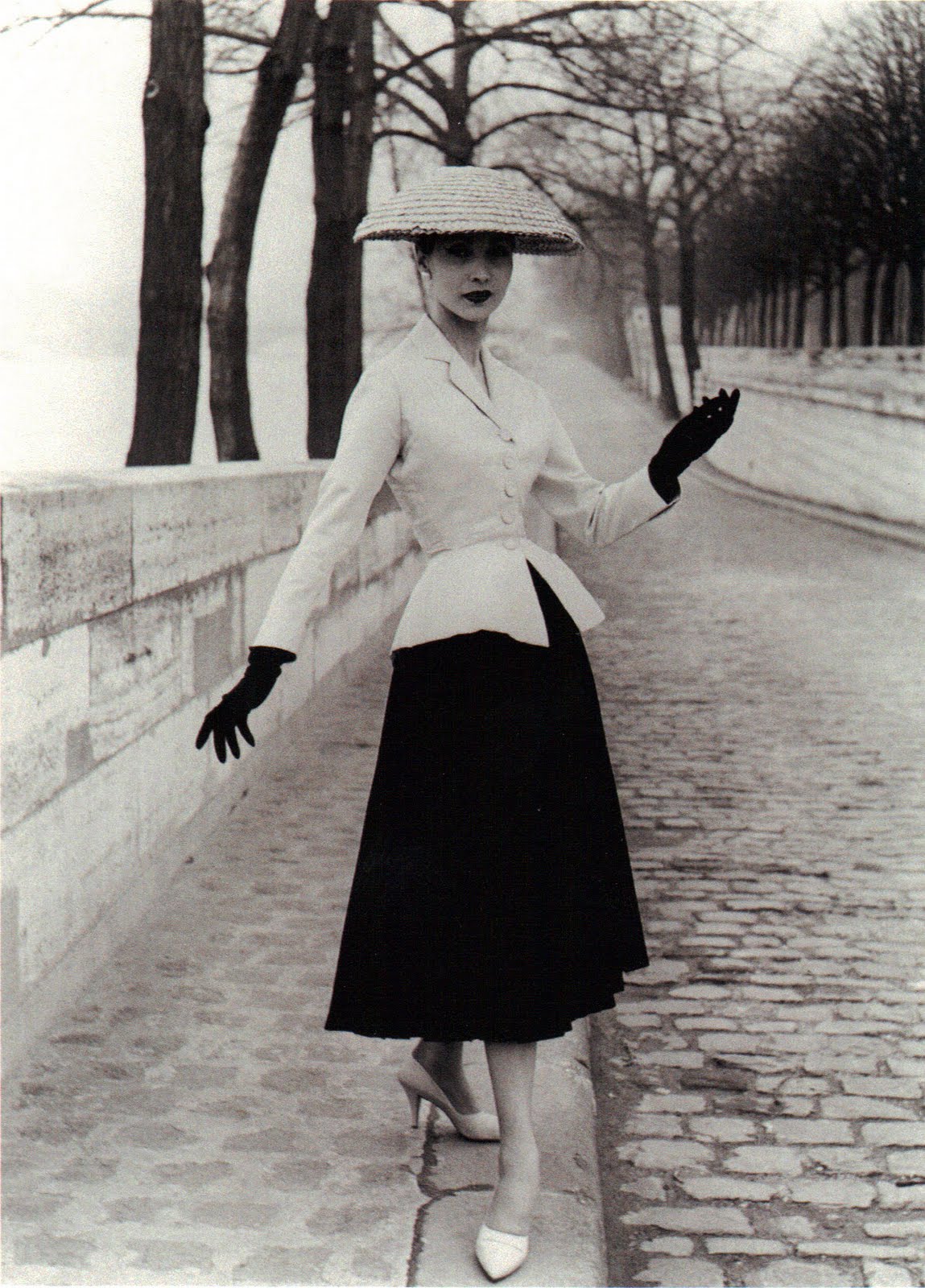
Dior’s Collections in Detail
Nevertheless, each season during this period Dior presented a slightly different theme and silhouette to his couture clients. His first collection in 1947 was called the “Corolle” or “Figure 8”, an indirect reference to the shape created on the figure.
His 1953 collection was print heavy and featured flowery renderings on chiffon and was therefore called “Tulip”. In 1955 he introduced the “A-line” with its undefined waist and smooth silhouette that flared out over the hips and legs, resembling a capital “A”.
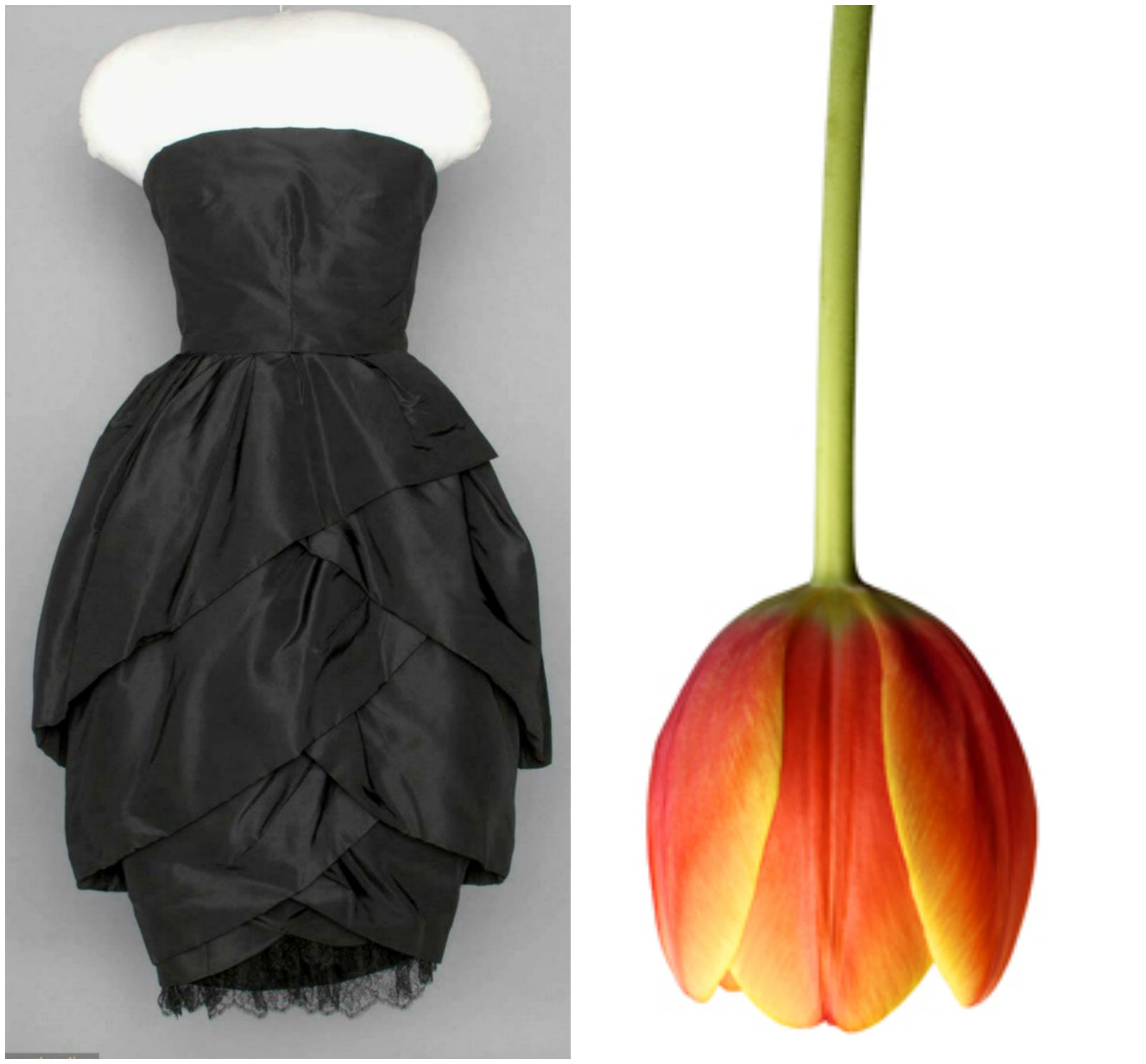
His clients included Rita Hayworth, Ava Gardner, Margot Fonteyne, Marlene Dietrich, Princess Margaret and the Duchess of Windsor, to name a few.
Dior’s success was not only due to the popularity of his designs. His business had a fantastic support structure and his couture operation was well managed by a roster of studio manager, head of workrooms and a chief stylist.
During the bi-yearly couture shows in January and August, 2,500 clients would visit the salon to watch a two-hour show that comprised of over 200 ‘looks’. The clever Dior hired a coterie of models, from the same privileged backgrounds as the clients, in different shapes and sizes to show how the clothes would look on different women. Each sales girl or ‘vendeuse’ had their own clients with whom they nurtured good relationships.
The Era of Softer Silhouettes
With the death of Dior in 1957, his 21 years old assistant Yves Saint Laurent took over at the helm. Saint Laurent continued in the vein of Dior by using the same exquisite fabrics but everything was softened, lightened and easier to wear. He was later replaced by Marc Bohan.
The other champions of this new softer silhouette were Givenchy and Balenciaga who pushed the look into a waistless, straight sack-dress that then segued into a more fitted sheath silhouette with raised waistlines and later into the loose baby-doll.
The Fashion Innovator Cristobal Balenciaga
Cristobal Balenciaga, ‘The Master’ can be compared to Charles James in so far that his pattern cutting skills were second to none. His aesthetic was architectural in form, simplistic yet clever in its cut and with a reverence that elevated his work to stand out from the crowd.
Unlike his peers, Balenciaga was skilled in all areas of haute couture. He was able to drape, cut and fit his own toiles and really earned the mantle of a true fashion innovator. What distinguished Balenciaga’s look from the popular hourglass ‘New Look’ was his favouring of fluid lines that enabled him to alter the way clothing related to the female form.
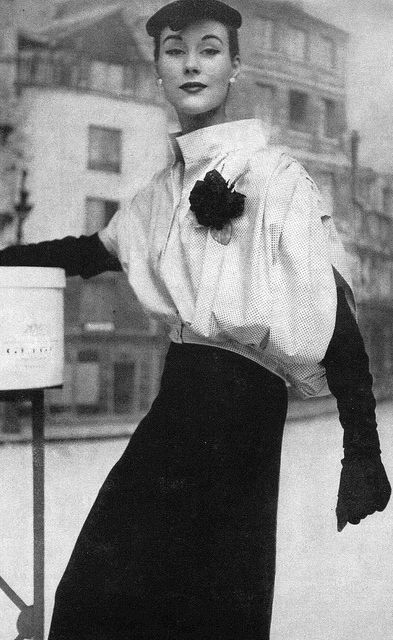
His introduction of the balloon jacket, in 1953, was an elegant sphere that encased the upper body.
In 1957, other iconic pieces such as the high-waisted baby doll dress, the single pouf or double pouf balloon skirt and the cocoon coat were added to his repertoire.
The Several Innovations in Balenciaga’s Era
For day wear, his selection of materials included tweed, ottoman silk and velvet, either in solid pastel shades or large-scale prints with outsized checks or huge flower heads.
His choices for evening wear were predominantly solid colours in apple green, sapphire, black, lilac, ivory and salmon and shocking pink hues, in silks.
The texture was added by the house of Lesage on specially commissioned elaborate fabrics that were embroidered to shape in rich textured chenille or floss silks.
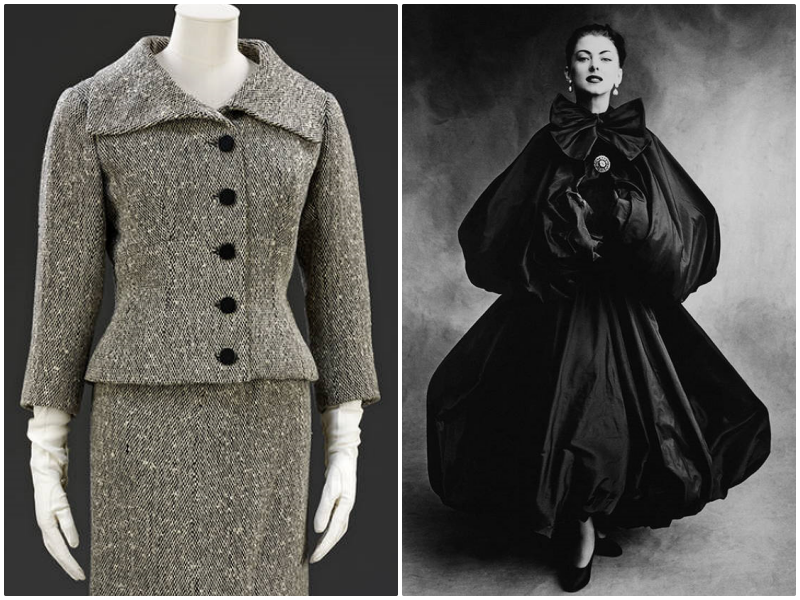
In the late fifties, Balenciaga was partial to using bold chine floral taffetas for evening coats and gowns. He continued to develop fabrics for his 1960’s couture line and worked with the Swiss fabric house Abraham who developed silk gazar which was a stiffer version of the pliable fabric that Balenciaga used in day dresses, suits and evening wear.
His design innovations such as the bracelet length sleeve and the stand-away collar that gave the illusion of a longer neck were appreciated by his loyal clients. These included the Duchess of Windsor, Gloria Guinness and Pauline de Rothschild.
In a rare interview given at the time of the closure of his business in 1968, he stated,
“The life which supported couture is finished. Real couture is a luxury which is just impossible to do anymore.”

Balenciaga and Givenchy
Balenciaga’s protégé, Hubert de Givenchy was heavily influenced by his mentor. However, their approaches to design were very different.
While Balenciaga sketched, toiled and then selected fabric, Givenchy worked closely with fabric suppliers, developing textiles which were then developed into designs. His look was synonymous with the chic, understated style of his most famous muse and client Audrey Hepburn. She insisted that he dress her personally and professionally for all of her roles on screen. Givenchy obliged.
“Givenchy’s clothes are the only ones in which I feel myself. He is more than a designer, he is a creator of personality,” Hepburn said.
The famed designer also dressed Jackie Kennedy and is famous for his take on the “little black dress”.
He opened his own atelier in 1952 and his first collection, featuring elegant blouses and light skirts in simple materials. From his early days, it is evident that he was heavily influenced by the structured, architectural style of Balenciaga. Like his “master”, Givenchy believed less was more when it came to fashion design, preferring the simple but perfect stylish cut to the decorated or ostentatious.
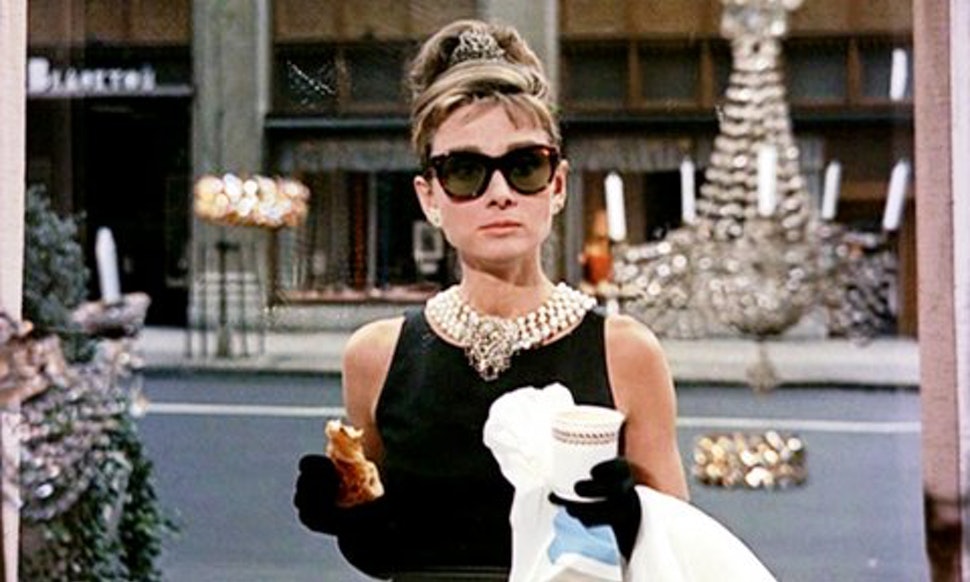
The thirties, through to the fifties were the golden periods in haute couture.
From the paired back developments in the thirties, when austerity set in due to necessity, the houses honed their pattern cutting skills.
The late forties revealed a completely new silhouette with Dior’s ‘New Look’, and the fifties gave us the architectural masters, namely Balenciaga and Givenchy.
Part 1 of the Haute Couture Designers Through the Ages: 1930-50’s
Register now to see the V&A‘s exhibition Christian Dior: Designer of Dreams opening on 2nd February 2019
Have you read any haute couture or fashion history book? Any story to share? Comment below.



